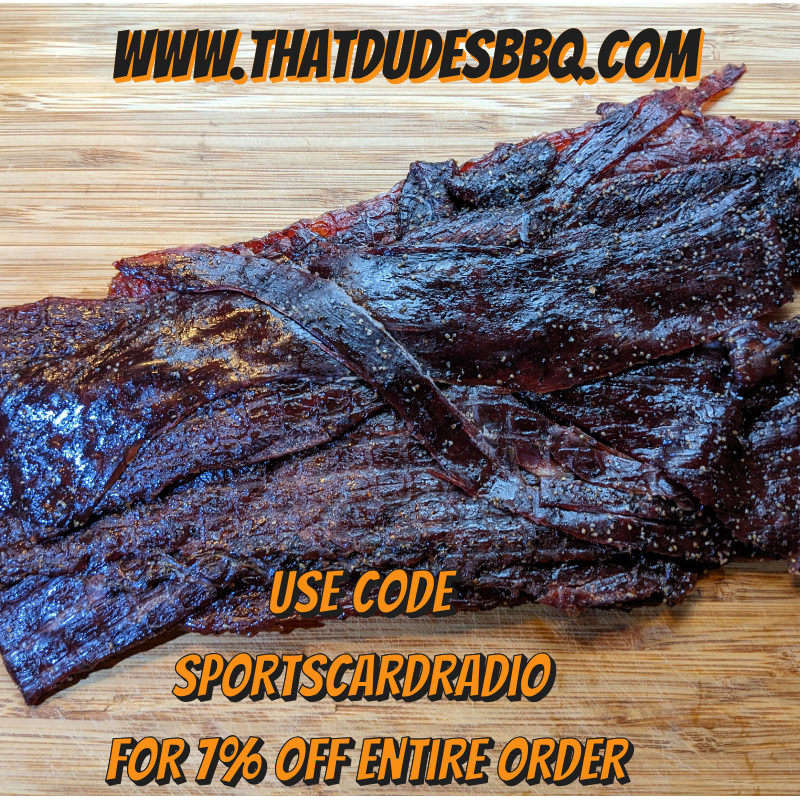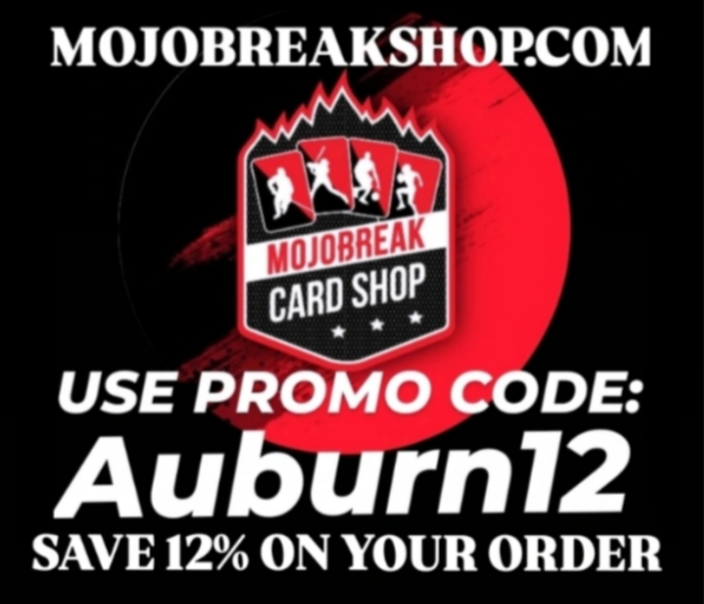1951 Topps Baseball
- MSRP: $0.01 Per Pack
- 2 Cards Per Pack
- Current Price on eBay
Related Reading:
1952 Topps Vintage Review
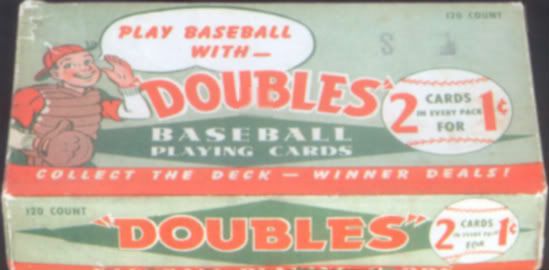
*See Below For 1951 Checklist*
1951 was the first time the Topps Company decided to try using baseball player cards to increase the sales of their caramel candy line. They were targeting kids, of course, so they decided to sell the cards in packs netting two cards for 0.01 cent. One of the unfortunate things for kids back in the 50’s collecting 1951 Topps Baseball is that sometimes the caramel candy would melt inside the package and ruin the cards, and the candy as well.
The 1951 Topps set is much different then the 1952 set. For one, the size. The ’51 set has only 104 cards, while the ’52 set is a 407 card masterpiece. The size of the cards themselves are very different. The 1952 are smaller then the normal card today, and the 1952 Topps are larger.
One thing is for certain, while Topps was initially trying to use the cards as a way to promote their candy business, after the popularity of the 1951 Topps set, they began focusing on the cards as the main attraction when buying a pack, with the candy being a bonus.
Here is the breakdown of the 1951 Topps Baseball Set:
COMPLETE SET: 104 Cards
Think of the ’51 Topps set as a deck of playing cards. 2 sets of 52 cards making up the 104 card checklist.
- 52 Red Backs
- 52 Blue Backs
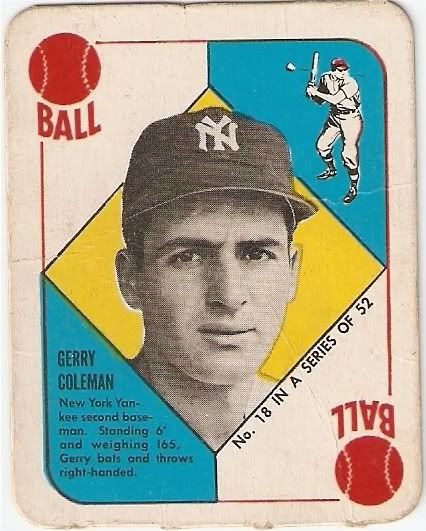
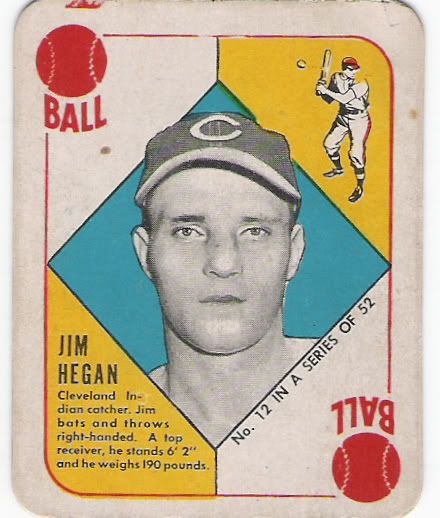
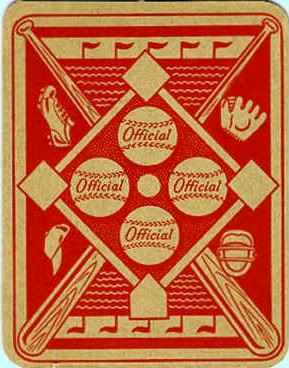
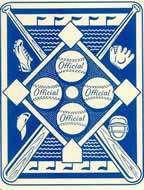
The key was to complete a 104 card set so that you could play the game associated with 1951 Topps Baseball. The front of the card would have an action like “ball” or “home run” and you could battle your friend in a contest to see who could out draw the other. The game didn’t really catch on, and Topps went with a different approach in 1952, opting to use stats and biographical information.
SMALL CARD SIZE: (2 inches by 2-5/8 inches)
The standard card size today is 2-1/2 inches by 3-1/2 inches, making the 1951 Topps set considerably smaller. The cards were meant to be shuffled and played with. The idea behind a smaller design was probably so that they would fit in a child’s hand.
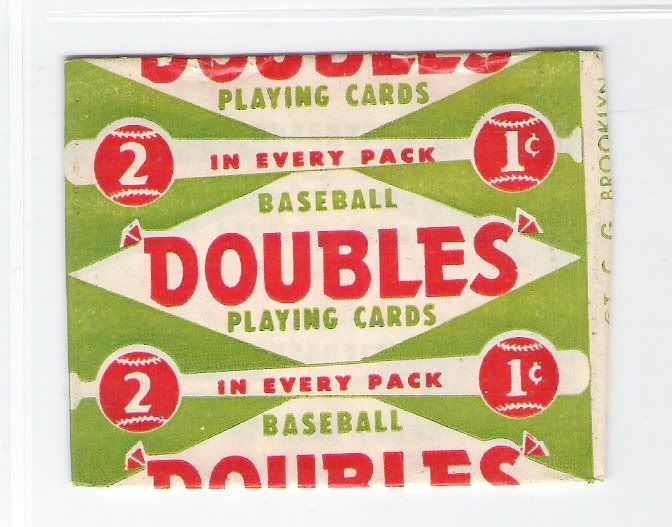
BLUE BACKS ARE MORE SCARCE:
The red backs and the blue backs came out at the same time, but for some reason the blue backs are much more difficult to find today.
1951 Topps Red Back Checklist
1 Yogi Berra
2 Sid Gordon
3 Ferris Fain
4 Vern Stephens
5 Phil Rizzuto
6 Allie Reynolds
7 Howie Pollet
8 Early Wynn
9 Roy Sievers
10 Mel Parnell
11 Gene Hermanski
12 Jim Hegan
13 Dale Mitchell
14 Wayne Terwilliger
15 Ralph Kiner
16 Preacher Roe
17 Gus Bell
18 Jerry Coleman
19 Dick Kokos
20 Dom DiMaggio
21 Larry Jansen
22 Bob Feller
23 Ray Boone
24 Hank Bauer
25 Cliff Chambers
26 Luke Easter
27 Wally Westlake
28 Elmer Valo
29 Bob Kennedy
30 Warren Spahn
31 Gil Hodges
32 Hank Thompson
33 Bill Werle
34 Grady Hatton
35 Al Rosen
36 (a) Gus Zernial
36 (b) Gus Zernial
37 Wes Westrum
38 Duke Snider
39 Ted Kluszewski
40 Mike Garcia
41 Whitey Lockman
42 Ray Scarborough
43 Mickey McDermott
44 Sid Hudson
45 Andy Seminick
46 Billy Goodman
47 Tommy Glaviano
48 Eddie Stanky
49 Al Zarilla
50 Monte Irvin
51 Eddie Robinson
52 (a) Tommy Holmes
52 (b) Tommy Holmes
1951 Blue Back Checklist
1 Eddie Yost
2 Hank Majeski
3 Richie Ashburn
4 Del Ennis
5 Johnny Pesky
6 Red Schoendienst
7 Jerry Staley
8 Dick Sisler
9 Johnny Sain
10 Joe Page
11 Johnny Groth
12 Sam Jethroe
13 Mickey Vernon
14 Red Munger
15 Eddie Joost
16 Murry Dickson
17 Roy Smalley
18 Ned Garver
19 Phil Masi
20 Ralph Branca
21 Billy Johnson
22 Bob Kuzava
23 Dizzy Trout
24 Sherm Lollar
25 Sam Mele
26 Chico Carrasquel
27 Andy Pafko
28 Harry Brecheen
29 Granny Hamner
30 Enos Slaughter
31 Lou Brissie
32 Bob Elliott
33 Don Lenhardt
34 Earl Torgeson
35 Tommy Byrne
36 Cliff Fannin
37 Bobby Doerr
38 Irv Noren
39 Ed Lopat
40 Vic Wertz
41J ohnny Schmitz
42 Bruce Edwards
43 Willie Jones
44 Johnny Wyrostek
45 Billy Pierce
46 Jerry Priddy
47 Herm Wehmeier
48 Billy Cox
49 Hank Sauer
50 Johnny Mize
51 Eddie Waitkus
52 Sam Chapman

